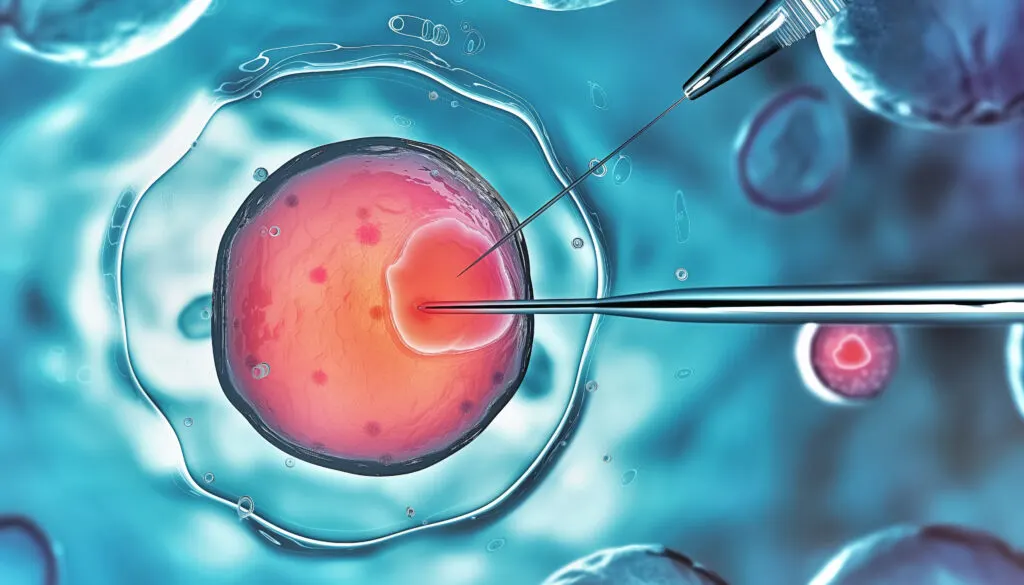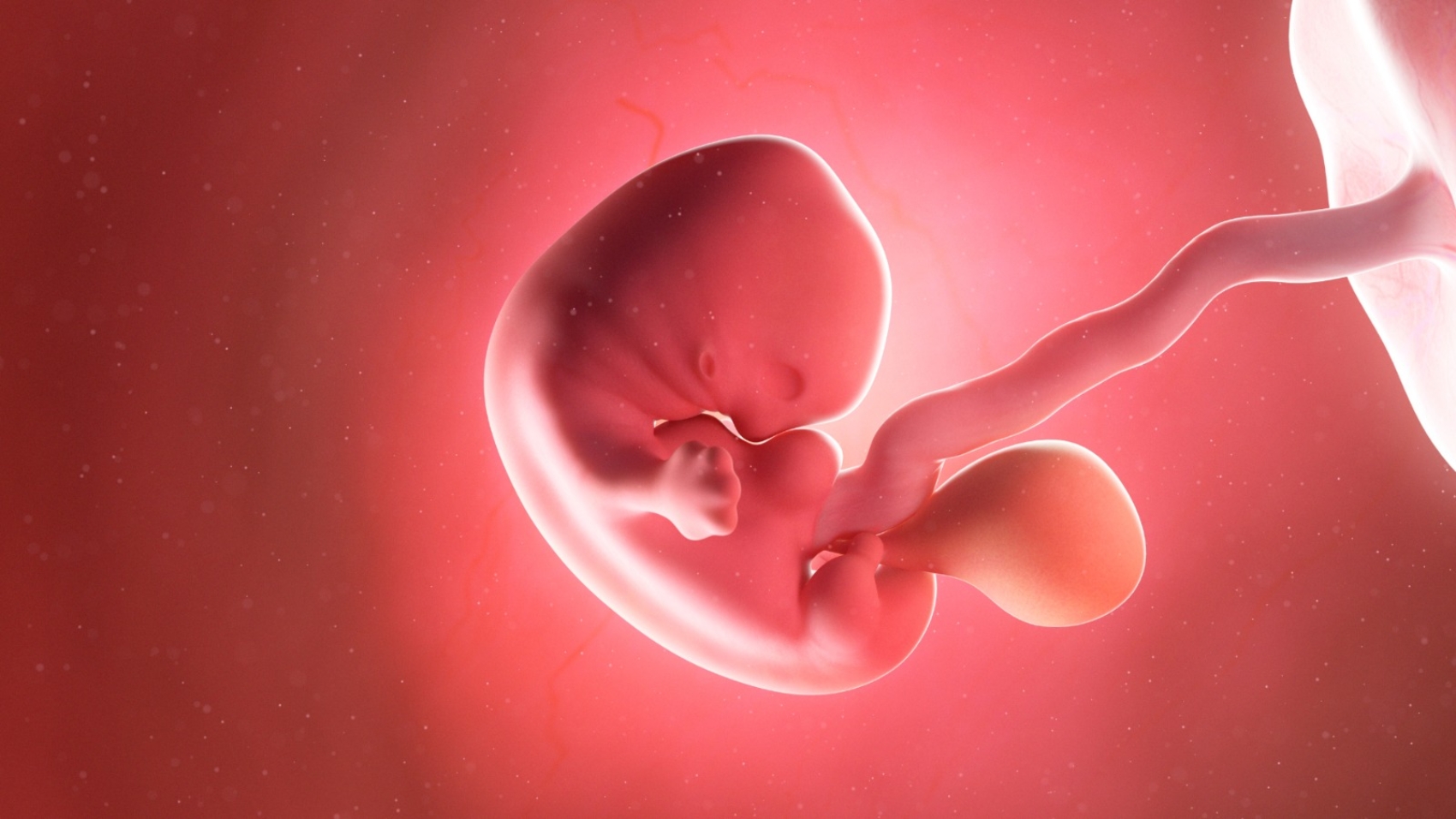Abstract
Assisted Reproduction Technology (ART) offers an important solution for infertility, but its success rate is limited to around 30–40% at present. A key factor in ART success is accurately selecting viable embryos, a process traditionally based on manual morphological assessment, morphokinetics, and invasive testing methods that are subjective and variable. Artificial intelligence (AI) has become a transformative tool to improve embryo selection by providing objective, reproducible, and non-invasive options. Recent AI models such as Life Whisperer and iDAScore v1.0 utilize convolutional neural networks (CNNs), time-lapse imaging, and deep learning to predict embryo viability with high accuracy. Studies have shown successful embryo ranking and segmentation, with some models also integrating molecular and genetic data to assess embryo competence and euploidy. Techniques like federated learning and generative models like StyleGAN increase training datasets by expanding them. EVATOM employs AI to classify embryo health. These approaches improve consistency across IVF clinics, reduce human bias, and enhance clinical outcomes. This review provides an overview of how AI-driven embryo selection has the potential to increase ART success rates and lessen the physical, emotional, and financial burdens associated with infertility treatments.
Introduction
While Assisted Reproduction Technology promises to be an alternative for conceiving in case of infertility, the success is still limited to 30-40% in a single cycle in the current age (Gnoth et al., 2011). Globally, 12.6-17.5% couples are affected by infertitilty, making ART a crucial intervention. A deciding factor of the success of the technique lies in the step of healthy embryo selection (Njagi et al., 2023). Traditional approach to selecting embryos involves visual assessment by embryos which involves grading the morphology, morphokinetics study (Meseguer et al., 2011; Motato et al., 2016), pre-implantation genetic testing for aneuploidy (PGTA) (Chen et al., 2025) and metabolic profiling. However, manual selection is subjected to variability among observers and has limited predictive power (Charles L. Bormann et al., 2020).

The advent of Artificial Intelligence-based models in this field aims to produce objective, reproducible, non-invasive data-driven methods of embryo selection ensuring higher success rates of ART while simultaneously reducing manual labour and bias. This review focuses on recent (past five years) studies that have implemented AI in embryo selection, indicating the role that AI has to play in this field and exploring the methodologies and performances of such AI models.
Literature review
The Life Whisperer AI model, a cloud-based deep learning system developed by VerMilyea et al., incorporates ensemble deep learning and computer vision, providing instant viability confidence scores for optical microscope embryo images (VerMilyea et al., 2020). Bormann et al. developed a deep learning model using the Xception Convolutional neural network (CNN) architecture combined with a genetic algorithm to evaluate and rank human blastocysts based on static images taken at 113 hours post-insemination (Charles L Bormann et al., 2020). A deep learning mode based on an Attention Branch Network developed by Sawada et al., being trained on 141,444 time-lapse imagesof 470 transferred embryos, predicted live birth outcomes. The AI not only provided confidence scoresbut also highlighted regions in the embryo images that informed its predictions (Sawada et al., 2021). Another CNN model developed by Zhao et al. automatically segmented early human embryos in time-lapse images during IVF, accurately identifying key morphology enabling precise analysis for embryo selection (Zhao et al., 2021). In an inter-observer variability assessment Fordham et al. concluded that significant discrepancies were observed among subjective manual assessments while their AI model based on data-driven machine learning trained using time lapse imaging of blastocysts, demonstrated higher consistency in their predictions (Fordham et al., 2022). iDAScore v1.0 developed by Berntsen et al. is a fully automated deep learning model combining a 3D CNN and LSTM layers, to analyze time-lapse embryo image sequencesand predict implantation potential of embryo, providing another automated approach to selecting embryos (Berntsen et al., 2022). Toporcerova et al. presented an embryo score prediction tool that combinesEmbryoScope imagingand small non-coding RNA (sncRNA) profilingfrom theBioMAI model to assess embryo competence during IVF. Applying artificial intelligence, their model could identify two miRNAs and five piRNAs from the sequencing data that could distinguish between competent and non-competent embryos with about 86% accuracy (Toporcerová et al., 2022). Yuan et al. developed an artificial intelligence-based model to non-invasively predict the euploidy status of blastocysts in the context of preimplantation genetic testing for aneuploidy (PGT-A), wherein a convolutional neural network (CNN) was trained to distinguish between euploid and aneuploid embryos, using high-resolution embryo images and associated clinical data. The model demonstrated high predictive accuracy, with performance metrics such as area under the curve (AUC), sensitivity, specificity, and F1 score indicating strong reliability (Yuan et al., 2023). A study by Hall et al. demonstrated the potential of artificial intelligence in predicting the developmental potential of embryos before fertilization from pre-ICSI oocyte images, as opposed to traditional embryo selection based on visual assessment of embryos at later stages of development. Trained over 1000 pre-ICSI oocyte images using federated learning, their AI model achieved an AUC (Area under the receiver operating characteristic curve) of 0.65, with higher AI scores correlating with viable oocyte features like larger zona pellucida and better cytoplasmic appearance (Hall et al., 2024). Cao et al. explored the application of a specific style-based generative adversarial network (StyleGAN) to produce high-quality synthetic blastocyst images, enriching training datasets for AI algorithms. This approach showed potential in high-fidelity embryo imaging, enhanced training datasets, and significantly improved AI-based embryo selection models in IVF (Cao et al., 2024). EVATOM developed by Goswami et al. employs quantitative phase imaging and AI models- a feature-based model (FBM) and an image-based model (IBM), to classify between healthy, intermediate, and non-viable embryos with high accuracy, achieving F1 scores up to 1.00 on fixed embryos and 0.95 on live ones (Goswami et al., 2024).
Discussion
AI is rapidly transforming ART by offering consistent, standardized scores and non-invasive alternatives to traditional methods that relied on manual visual assessment, subject to inter and intra-observer variability. Models such as Life Whisperer and iDAScore v1.0 have demonstrated high accuracy in predicting embryo viability using static or time-lapse images. AI is rapidly transforming embryo selection in IVF by offering objective, consistent, and non-invasive alternatives to traditional methods that rely on subjective visual assessments. Models such as Life Whisperer and iDAScore v1.0 have demonstrated high accuracy in predicting embryo viability using static or time-lapse images. More advanced approaches, such as those by Hall et al. (2024), take it a step further by predicting embryo potential from oocyte images even before fertilization. Meanwhile, Toporcerova et al. (2022) and Yuan et al. (2023) integrate molecular profiling and euploidy prediction to assess embryo competence more comprehensively. AI also improves standardization across clinics, as shown by Fordham et al. (2022), and enhances dataset diversity using synthetic images (Cao et al., 2024).
The studies discussed thus far, employ a variety of AI and machine learning techniques to improve embryo selection and IVF outcomes. These include convolutional neural networks (CNNs) for embryo image analysis, segmentation, and viability prediction, and ensemble deep learning models like Life Whisperer for viability scoring using optical images. Time-lapse imaging is leveraged in models like iDAScore and Fordham’s ML system to predict implantation outcomes with higher consistency. Attention-based networks (Sawada et al., 2021) and feature-based models (EVATOM) highlight key morphological areas influencing predictions. Multi-modal approaches integrate image data with genetic or molecular information, such as BioMAI model by Toporcerová, that combined EmbryoScope imaging with small non-coding RNAs, and federated learning enables secure model training across clinics (Toporcerová et al., 2022). Additionally, generative adversarial networks such as StyleGAN by Cao et al.( Cao et al., 2024) produce synthetic blastocyst images to augment training datasets, enhancing model performance. These methods demonstrate the growing role of AI in automating and personalizing embryo assessment with high accuracy, reduced subjectivity, and improved IVF success rates.
Conclusion
Artificial intelligence is revolutionizing embryo selection in Assisted Reproduction Technology (ART) by providing data-driven, objective, and non-invasive alternatives to traditional subjective methods. Models utilizing deep learning, time-lapse imaging, molecular profiling, and synthetic data generation have shown promising results in improving embryo viability prediction, standardizing assessments, and reducing observer variability. From static image analysis to pre-fertilization oocyte evaluation and integration of multi-modal data, AI offers significant improvements in accuracy, efficiency, and clinical decision-making. While these technologies are still evolving, their integration into clinical practice holds strong potential to enhance IVF success rates, reduce repeated embryo transfers, and ease the emotional and financial constraints that can be faced by infertile couples

